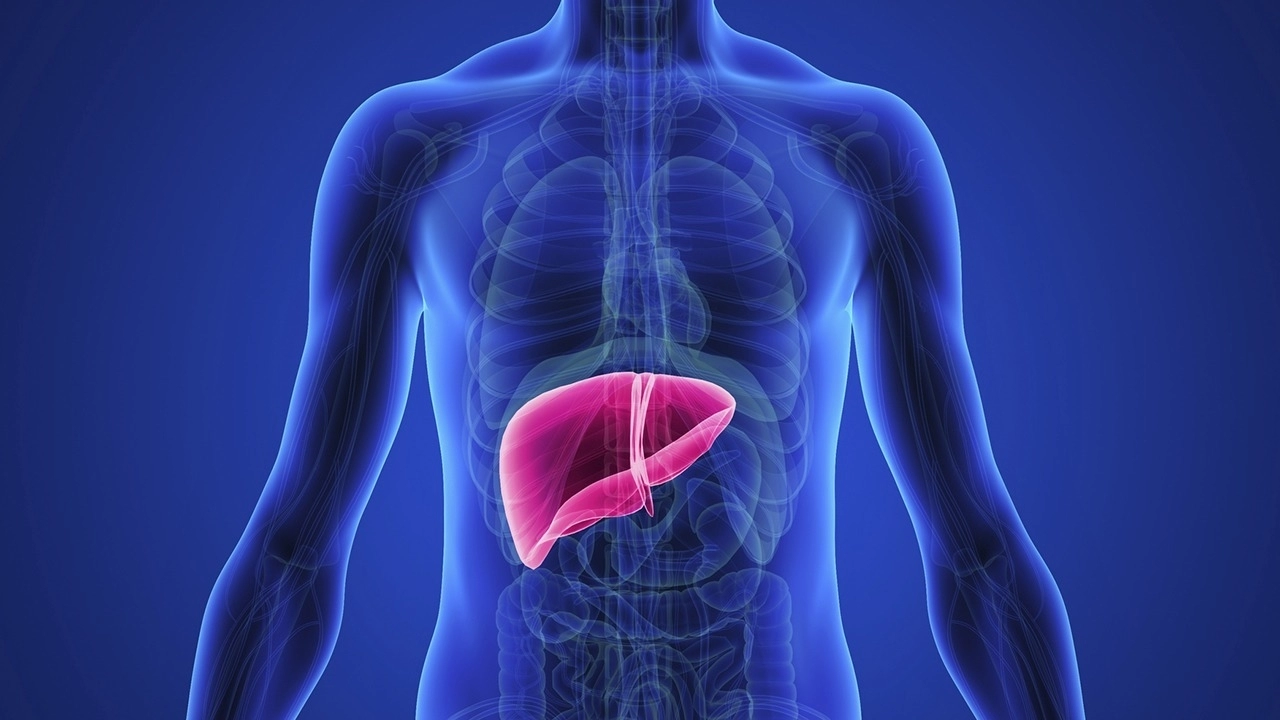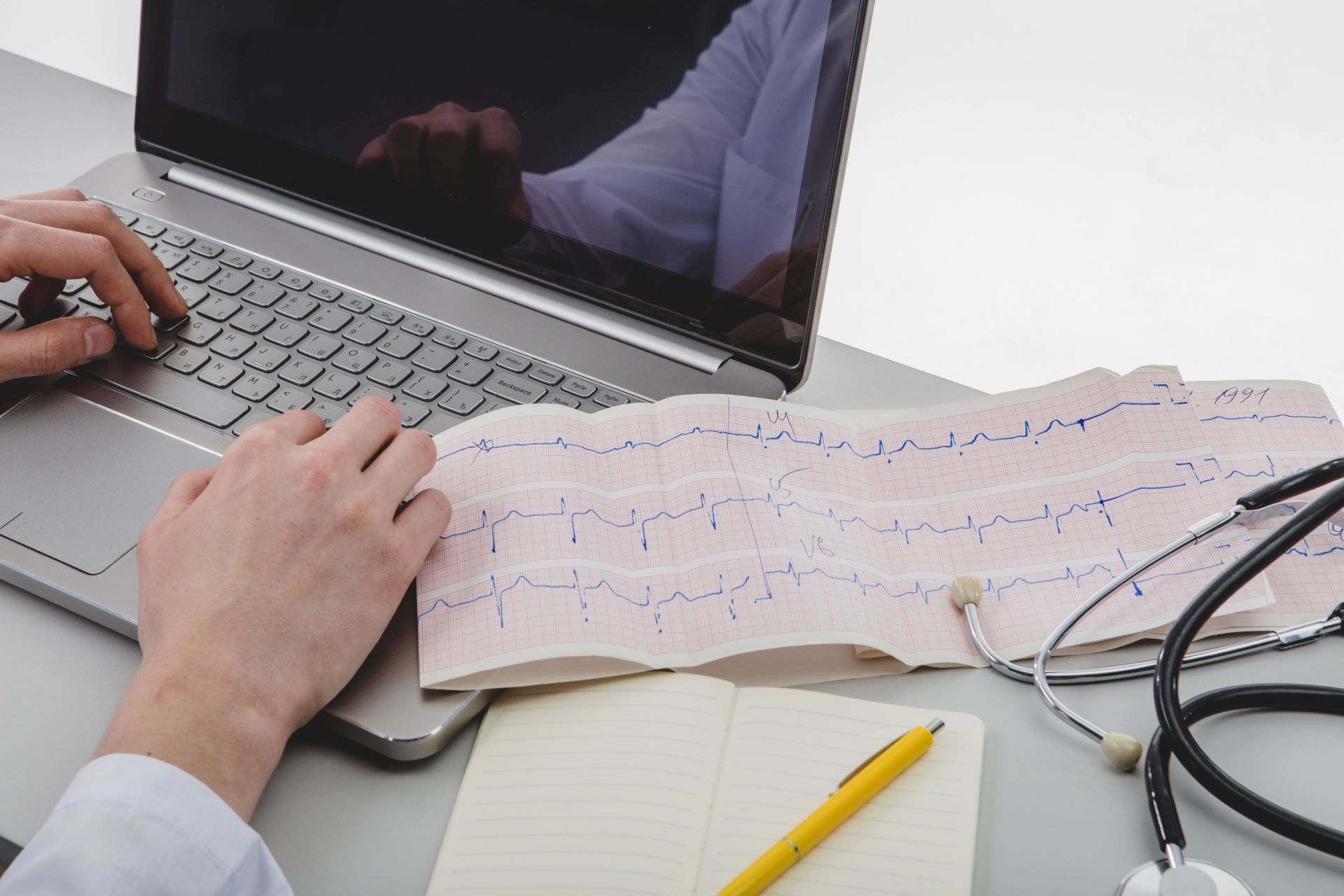What is liver ultrasound?
A liver ultrasound is a simple, non-invasive imaging test that helps doctors get a clear look at your liver. It’s commonly used to screen for liver conditions, detect abnormalities like lesions, monitor chronic liver disease, or check how well your treatment is working. In some cases, the ultrasound alone can confirm or rule out a diagnosis. In others, it may guide the need for further testing.
Why would a doctor order a liver ultrasound?
Your healthcare provider may recommend a liver ultrasound for a variety of reasons, such as:
•You have symptoms of liver disease, like abdominal pain or jaundice (yellowing of the skin and eyes).
•Other tests, like liver function tests, show unusual results.
•You’ve already been diagnosed with a liver condition, and your doctor needs to determine the disease stage.
•Your doctor wants to evaluate how well your liver treatment is working.
This scan can reveal important clues—such as fat deposits, scarring, unusual growths, inflammation, and swelling—that may affect your liver’s function.
Liver ultrasound results
The insights you get from a liver ultrasound depend on the specific type of scan used, but all types aim to show whether your liver is healthy or if something is wrong.
Normal liver ultrasound results:
•The liver has a typical size, shape, and a consistent gray color.
•Its surface appears smooth, without any unusual bumps or bulges.
•The bile ducts and blood vessels look normal and are not enlarged.
Abnormal liver ultrasound results:
•The liver may appear larger or smaller than normal.
•It might look too dark or too light on the scan.
•The surface may appear uneven, indicating potential damage or scarring.
•If elastography is used, the scan can show signs of fibrosis (scarring) or fat buildup, suggesting moderate to advanced liver disease.
Why do I need a liver ultrasound?
If you have any signs that something might be wrong with your liver, an ultrasound is a helpful tool to diagnose what’s going on. It gives your doctor a clearer picture of your liver’s condition and can help determine whether you need treatment—or if your current treatment plan should be adjusted. It's an essential step in both early detection and ongoing care for liver conditions.






